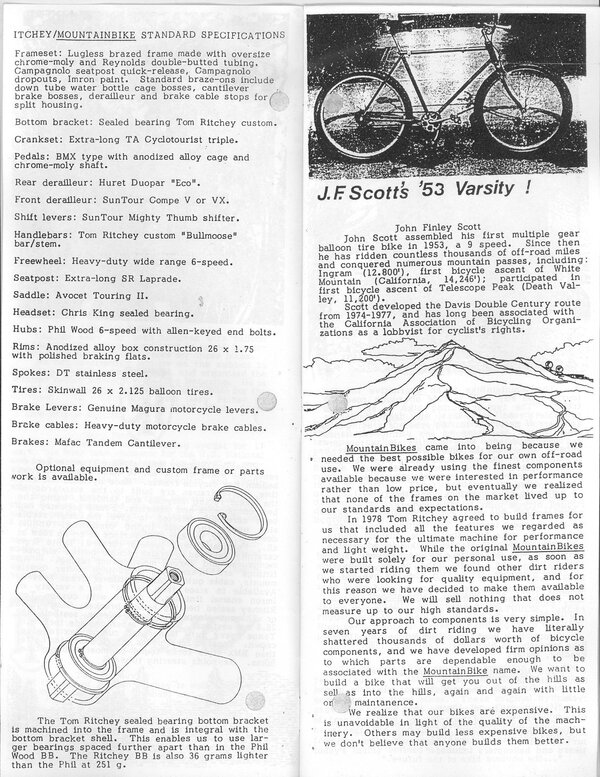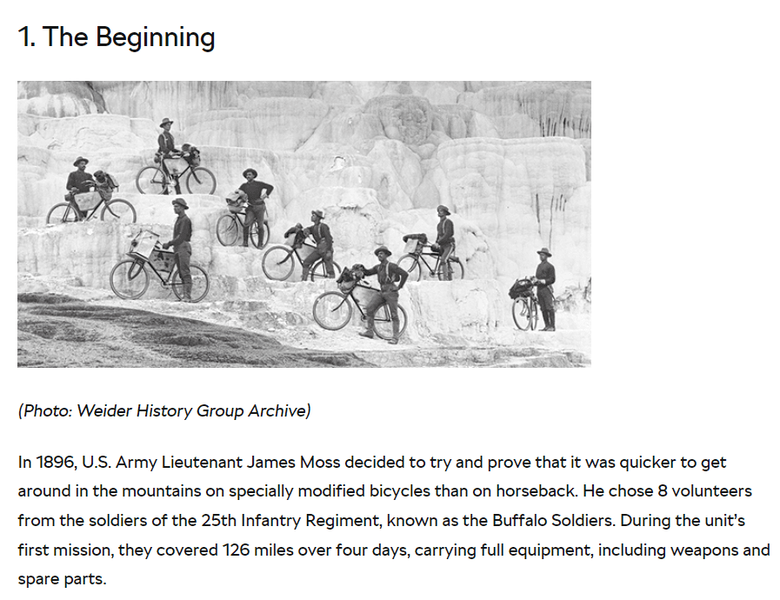The TV series "Mobile 101", whilst focusing mainly on the mobile phone, gives an insight into Finnish international trade and Nokia corporate culture:
https://www.imdb.com/title/tt14956742/
You can watch it on Channel Four:
https://www.channel4.com/programmes/mobile-101/on-demand/75563-001
Here is a screen shot from the opening credits:

After WW2 Finland had to pay $300 million (1938 prices) war reparations to the Soviet Union. Nokia alone contributed 25% of this total by selling the Soviets cable they used for their electrification expansion programme. This relationship with the Soviets excluded Finland from the Marshall plan.
In the Cold War Finland was neutral. This delicate balance meant they traded with both the West and the USSR. Trade with the Soviet Union accounted for 15-25% of Finland's total foreign trade. They swapped goods (lots of Soviet oil) rather than hard cash.
See:
https://en.wikipedia.org/wiki/Foreign_trade_of_the_Soviet_Union#External_linkshttps://www.researchgate.net/public..._behind_the_Finnish_miracle_the_rise_of_Nokia
Back to bicycle tyres...
In the 1980s Nokia made all the studded winter bicycle tyres in the world.
"In one advertising blitz, residents of Stockholm and Oslo were given a business trivia quiz:
What company brought electricity to 350 Egyptian villages, makes the most toilet paper in Ireland, and provides all the studded winter bicycle tyres in the world?
The company was not Swedish, German, or Japanese. It was Oy Nokia."
See:
Page 53, The Nokia Revolution, The Story of an Extraordinary Company that Transformed an Industry, Dan Steinbock, 2001
Military bicycles
As mentioned in previous posts the 650b tyre size was used successfully by the Finnish military Jaeger Companies:
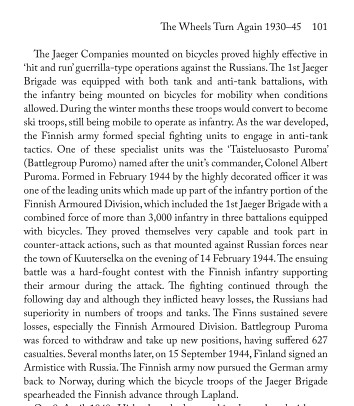
The Military History of the Bicycle: The Forgotten War Machine, John Norris
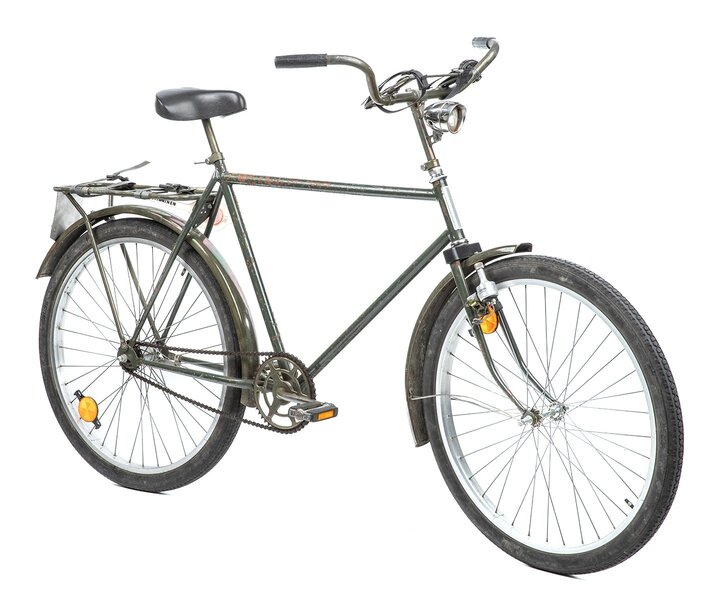
More great pictures here:
https://www.varusteleka.com/en/product/finnish-military-bicycle-refurbished-surplus/73497(Nokia branded road tyres as GJW notes above)
By contrast the Soviet military did not have a bicycle infantry by the time of WW2. Bicycles were mainly used by scouts and signal corps messengers.
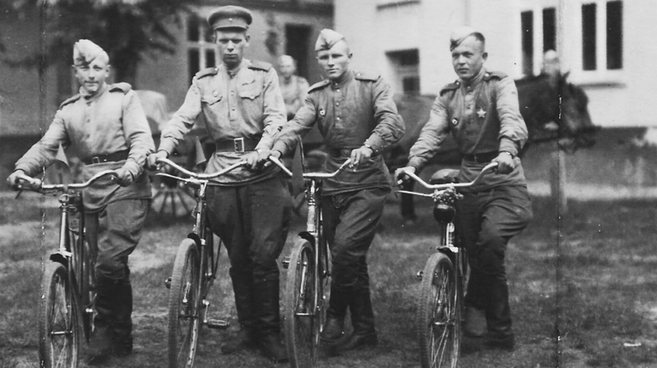
"Bicycles didn’t enjoy as much popularity in the Red Army during World War II, as in the Wehrmacht or the Finnish armed forces. In the course of the military confrontation, which was a heavy burden for the USSR, the Soviet industry couldn’t afford their mass production. So, bicycle supplies largely came to the country as part of war trophies."
https://www.rbth.com/history/335426-who-did-russian-bicycle-troops
After the war the Soviets made literally millions (30 million until collapse of USSR) of bicycles, many of them roadsters patterned after a WW1 German bike, a lot of them in the Ukrainain Kharkiv factory.
https://en.wikipedia.org/wiki/Ukraine_(bicycle)
These roadsters mainly had a 28" wheel size:
"Interestingly, although size 28" wheels remained dominant in bikes throughout the Soviet period until the end of the 1980s, there were frequent attempts to produce women’s bikes with 26" wheels in the 1950s (apparently by the example of Mifa reparation bicycles). However, this wheel size was discarded in the 1960s, and due to lack of tyres, people eventually stopped using such bikes or got rid of them."
https://www.velomuseum.ee/en/1950
Example roadster with 28 x 1 3/4 tyres:
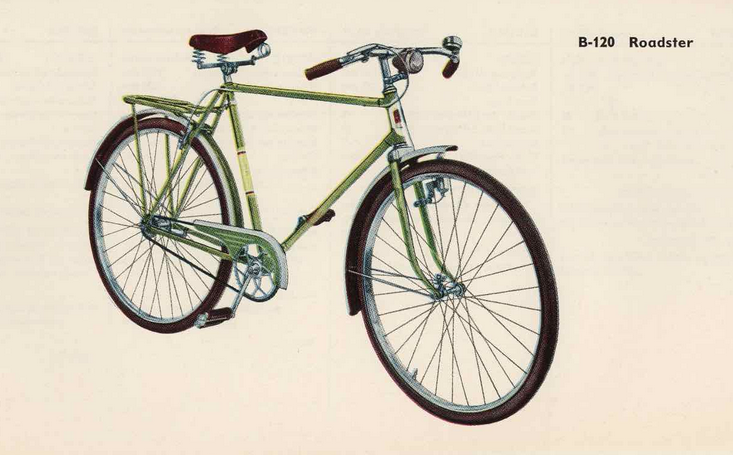
Bicycle HVZ "Ukraine" B-120. The first model of the post-war series "Ukraine", 1964 Catalogue.
See: https://www.disraeligears.co.uk/site/avtoexport_-_soviet_bicycles_1964_scan_33.html
And: https://vplate.ru/velosiped/brendy/ukraina/
Summary:
In the 1980's Nokia made all the world's studded bike tyres.
During the cold war the Finns, including Nokia, traded a lot with the Soviets.
The Soviet military in WW2 did not have bicycle infantry, but did use bikes mainly in Signal Corps.
After WW2 the Soviets made millions of roadsters that would have fitted the 28" Nokia Hakka tyres and were widely used throughout the USSR.
Back to today...
Saddly no more studded bicycle tyres from Finland:
See: https://yle.fi/a/74-20027697
Given that the TV series 'Mobile 101' focuses on the Americans suing the Finns over alleged patent infringment - if Nokia were American would they have sued Bruce Gordon over his Rock'n'Road tyre?
In this video Bruce Gordon talks about copying the Nokia Hakka tyre:
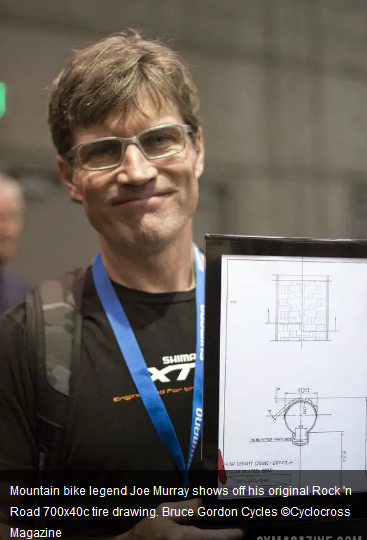
Joe Murray and his Rock 'n' Road tyre drawing
https://www.cxmagazine.com/bruce-gordon-rock-n-road-700c-tire-nahbs-2012
If you enjoy 'Mobile 101' they are making series two...
and thanks if you made it this far!
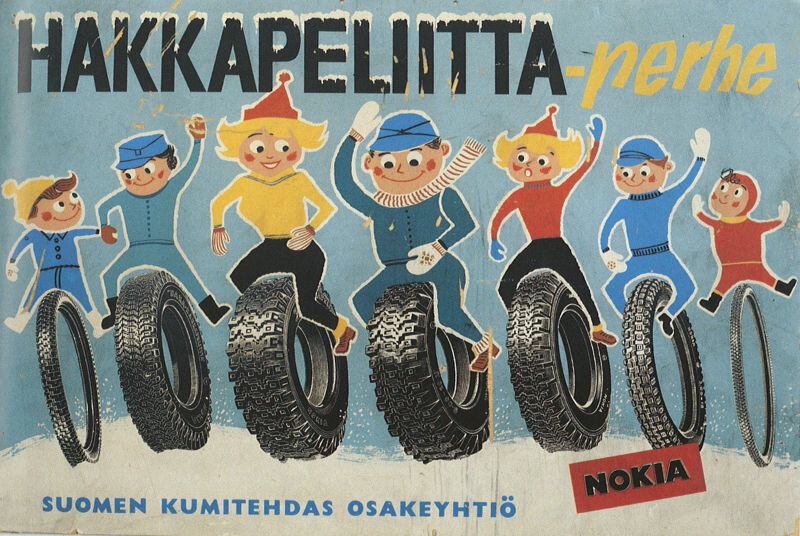
https://www.nokiantyres.com/company/hakkapeliitta-80-years/historia/1960/
https://www.imdb.com/title/tt14956742/
You can watch it on Channel Four:
https://www.channel4.com/programmes/mobile-101/on-demand/75563-001
Here is a screen shot from the opening credits:

After WW2 Finland had to pay $300 million (1938 prices) war reparations to the Soviet Union. Nokia alone contributed 25% of this total by selling the Soviets cable they used for their electrification expansion programme. This relationship with the Soviets excluded Finland from the Marshall plan.
In the Cold War Finland was neutral. This delicate balance meant they traded with both the West and the USSR. Trade with the Soviet Union accounted for 15-25% of Finland's total foreign trade. They swapped goods (lots of Soviet oil) rather than hard cash.
See:
https://en.wikipedia.org/wiki/Foreign_trade_of_the_Soviet_Union#External_linkshttps://www.researchgate.net/public..._behind_the_Finnish_miracle_the_rise_of_Nokia
Back to bicycle tyres...
In the 1980s Nokia made all the studded winter bicycle tyres in the world.
"In one advertising blitz, residents of Stockholm and Oslo were given a business trivia quiz:
What company brought electricity to 350 Egyptian villages, makes the most toilet paper in Ireland, and provides all the studded winter bicycle tyres in the world?
The company was not Swedish, German, or Japanese. It was Oy Nokia."
See:
Page 53, The Nokia Revolution, The Story of an Extraordinary Company that Transformed an Industry, Dan Steinbock, 2001
Military bicycles
As mentioned in previous posts the 650b tyre size was used successfully by the Finnish military Jaeger Companies:

The Military History of the Bicycle: The Forgotten War Machine, John Norris

More great pictures here:
https://www.varusteleka.com/en/product/finnish-military-bicycle-refurbished-surplus/73497(Nokia branded road tyres as GJW notes above)
By contrast the Soviet military did not have a bicycle infantry by the time of WW2. Bicycles were mainly used by scouts and signal corps messengers.

"Bicycles didn’t enjoy as much popularity in the Red Army during World War II, as in the Wehrmacht or the Finnish armed forces. In the course of the military confrontation, which was a heavy burden for the USSR, the Soviet industry couldn’t afford their mass production. So, bicycle supplies largely came to the country as part of war trophies."
https://www.rbth.com/history/335426-who-did-russian-bicycle-troops
After the war the Soviets made literally millions (30 million until collapse of USSR) of bicycles, many of them roadsters patterned after a WW1 German bike, a lot of them in the Ukrainain Kharkiv factory.
https://en.wikipedia.org/wiki/Ukraine_(bicycle)
These roadsters mainly had a 28" wheel size:
"Interestingly, although size 28" wheels remained dominant in bikes throughout the Soviet period until the end of the 1980s, there were frequent attempts to produce women’s bikes with 26" wheels in the 1950s (apparently by the example of Mifa reparation bicycles). However, this wheel size was discarded in the 1960s, and due to lack of tyres, people eventually stopped using such bikes or got rid of them."
https://www.velomuseum.ee/en/1950
Example roadster with 28 x 1 3/4 tyres:

Bicycle HVZ "Ukraine" B-120. The first model of the post-war series "Ukraine", 1964 Catalogue.
See: https://www.disraeligears.co.uk/site/avtoexport_-_soviet_bicycles_1964_scan_33.html
And: https://vplate.ru/velosiped/brendy/ukraina/
Summary:
In the 1980's Nokia made all the world's studded bike tyres.
During the cold war the Finns, including Nokia, traded a lot with the Soviets.
The Soviet military in WW2 did not have bicycle infantry, but did use bikes mainly in Signal Corps.
After WW2 the Soviets made millions of roadsters that would have fitted the 28" Nokia Hakka tyres and were widely used throughout the USSR.
Back to today...
Saddly no more studded bicycle tyres from Finland:
See: https://yle.fi/a/74-20027697
Given that the TV series 'Mobile 101' focuses on the Americans suing the Finns over alleged patent infringment - if Nokia were American would they have sued Bruce Gordon over his Rock'n'Road tyre?
In this video Bruce Gordon talks about copying the Nokia Hakka tyre:

Joe Murray and his Rock 'n' Road tyre drawing
https://www.cxmagazine.com/bruce-gordon-rock-n-road-700c-tire-nahbs-2012
If you enjoy 'Mobile 101' they are making series two...
and thanks if you made it this far!

https://www.nokiantyres.com/company/hakkapeliitta-80-years/historia/1960/


